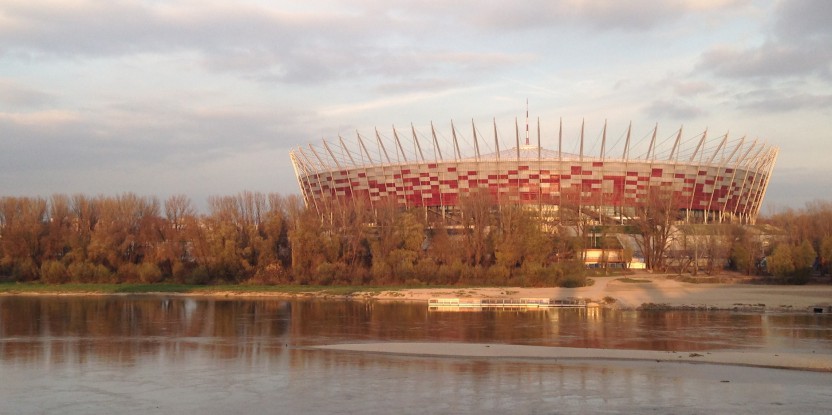
WARSAW, Poland — A proposal to alleviate deforestation could benefit greatly from a cross-sectoral, holistic approach to land management, according to a top forest carbon expert.
The broad thinking of a “landscapes approach” is useful for planning and land-use assessments, which can integrate multiple options and generate helpful scenarios key to devising strategies for maintaining forests’ carbon and forests’ health, said Martin Herold, an associate scientist with the Center for International Forestry Research (CIFOR) and a professor at Wageningen University in the Netherlands.
A landscapes approach seeks to ensure that all uses of land in a given area — and all the human users of that land — are being addressed by integrated, sustainable policies.
This approach can benefit planning around the REDD+ (Reducing Emissions from Deforestation and forest Degradation) program, which is complex because it involves multi-sector and multi-stakeholder perspectives that reside not just within forests, but on broader concepts with far-reaching components.
“We must think and monitor broader than forests for REDD+,” Herold said on the sidelines of U.N. climate talks in Warsaw, Poland. “The landscape is a concept quite new to the broader REDD+ audience, but because REDD+ is complex, a landscapes approach is probably the right scale to structure that complexity.”
REDD+ is being developed under the U.N. Framework Convention on Climate Change (UNFCCC), intended to generate financial value for keeping carbon stored in forests by leaving trees standing, and increasing incentives to encourage sustainable management of forested lands in order to reduce greenhouse gas emissions.
At the UNFCCC Conference of Parties in Poland, negotiators agreed on the Warsaw Framework for REDD+, which aims to help developing countries reduce greenhouse gas emissions from deforestation and degradation of forests — accounting for one fifth of all human-generated emissions. Under the agreement, the United States, Britain and Norway pledged a total of $280 million in financing to help maintain sustainable forest landscapes.
The money will be managed by the BioCarbon Fund, a World Bank program that manages public and private funds to encourage activities that sequester or conserve carbon emissions in forest and agricultural systems.
“It helps people to think of things that are REDD+ solutions, and assess them on the landscape scale,” Herold said.
“We can assess REDD+ progress based on quantifying reduced emissions or sequestered carbon in the forest, but we also need to consider co-benefits — whether it has changed livelihoods or income, if it has negative or positive side effects on ecosystem services or the amount of food and wood harvested. Those questions can only be seriously addressed with a landscape perspective in mind.”
For further information on the topics discussed in this article, please contact Martin Herold at martin.herold@wur.nl
This work forms part of the CGIAR Research Program on Forests, Trees and Agroforestry.
We want you to share Forests News content, which is licensed under Creative Commons Attribution-NonCommercial-ShareAlike 4.0 International (CC BY-NC-SA 4.0). This means you are free to redistribute our material for non-commercial purposes. All we ask is that you give Forests News appropriate credit and link to the original Forests News content, indicate if changes were made, and distribute your contributions under the same Creative Commons license. You must notify Forests News if you repost, reprint or reuse our materials by contacting forestsnews@cifor-icraf.org.
